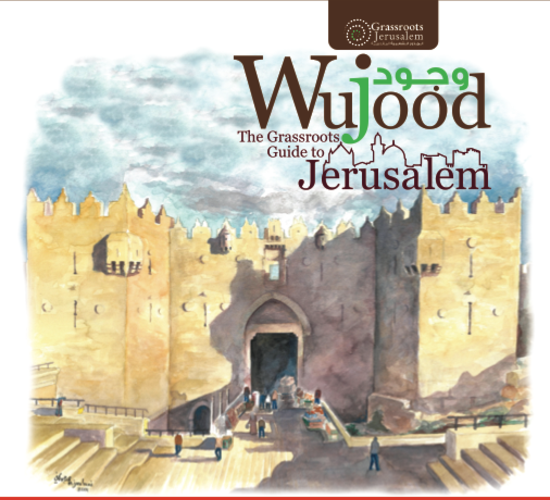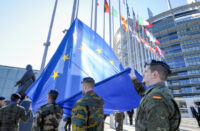Last month a talk was given in Berlin and other European cities by Grassroots Al-Quds, a Palestinian group that is organising civil-society resistance to Israeli occupation. It aims to build an economic base within East Jerusalem to try to liberate occupied Palestinians from their dependence on NGOs and settler-colonialism.
In Berlin the event was organised by Palestina Sprichts, and the topic of the talk was how tourism is being used as a tool of apartheid by the Israeli state.
Jerusalem is a tourist hotspot, which has seen huge growth: an increase in numbers of 4½ per cent in 2016 was followed by a total of 2.8 million visitors in 2017. However, only a fifth of these tourists stayed in Palestinian-owned or Palestinian-operated hotels. This is partly due to there being only 1,500 Palestinian hotel rooms, compared with 20,000 Israeli-owned. This is compounded by the fact that Israeli tourist boards do not include East Jerusalem in guides or itineraries.
There is also the striking picture of Israeli tourist maps centring on the “western city centre,” ignoring the historic actual city centre in the heart of Jerusalem. These skewed maps simply erase large parts of East Jerusalem.
These tourism policies are directly tied to the occupation. Palestinians are routinely denied planning permission for houses, with the expansion of Palestinian areas always falling “outside the master plan” for that district. The problem is compounded for hotels, with no new Palestinian hotel opened since the 1970s.
Forty per cent of Jerusalem’s income comes from tourism. The settler-colonial project is intricately linked to tourism, with the Israeli state building infrastructure to enforce this apartheid. The City of David is obviously a large tourism attraction in the city, but there is a plan to build a cable car from the City of David to the Mount of Olives. Once there, tourists will be kept within a walled promenade, directed between two settlements controlled by the settler group Elad, without the opportunity to even accidentally visit the Palestinian communities outside. This promenade will also require more Palestinian land to be occupied in order to be completed.
Grassroots Al-Quds say that this situation has three main effects: politically, tourists do not see the occupation; economically, they do not spend money in Palestinian businesses; and generally, they miss out on the beautiful and historic sights in the eastern part of Jerusalem.
As part of their response to this, Grassroots Al-Quds has published Wujood (Arabic for “existence”). It is a guide, a phrase book, a political document, and a map, all in one. It gives guidance on where to stay, where to eat, where to learn Arabic, and where to go if you need medical assistance. It also includes a guide to finding and navigating Palestinian public transport, as Israeli public transport does not go to Palestinian areas—another way to keep tourists away in the apartheid city.
■ Wujood: The Grassroots Guide to Jerusalem can be read at www.grassrootsalquds.net.






